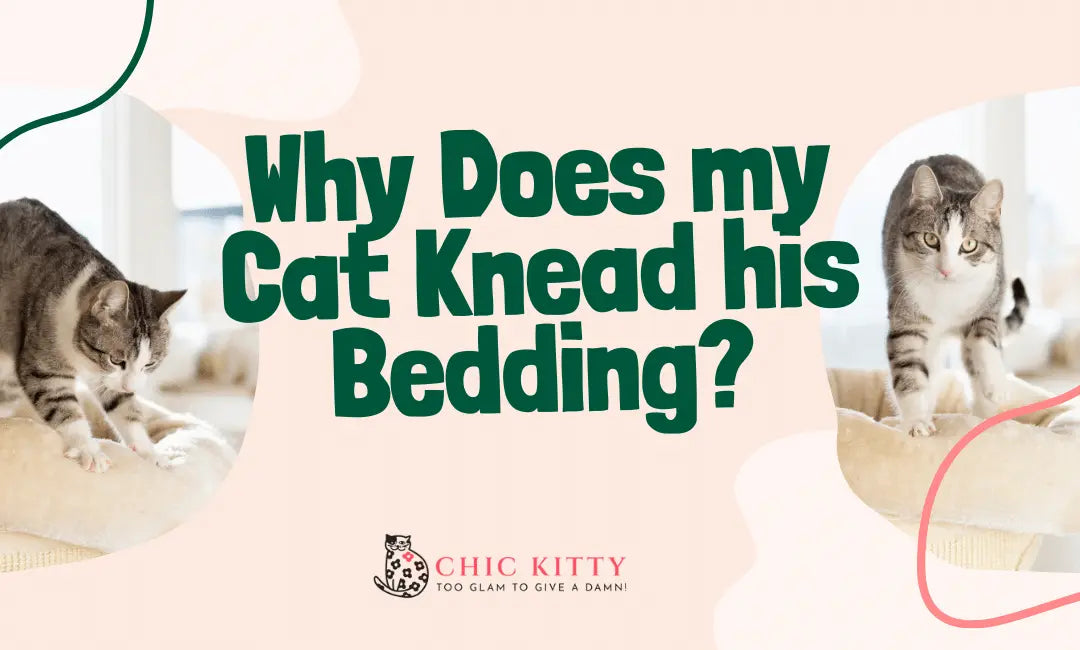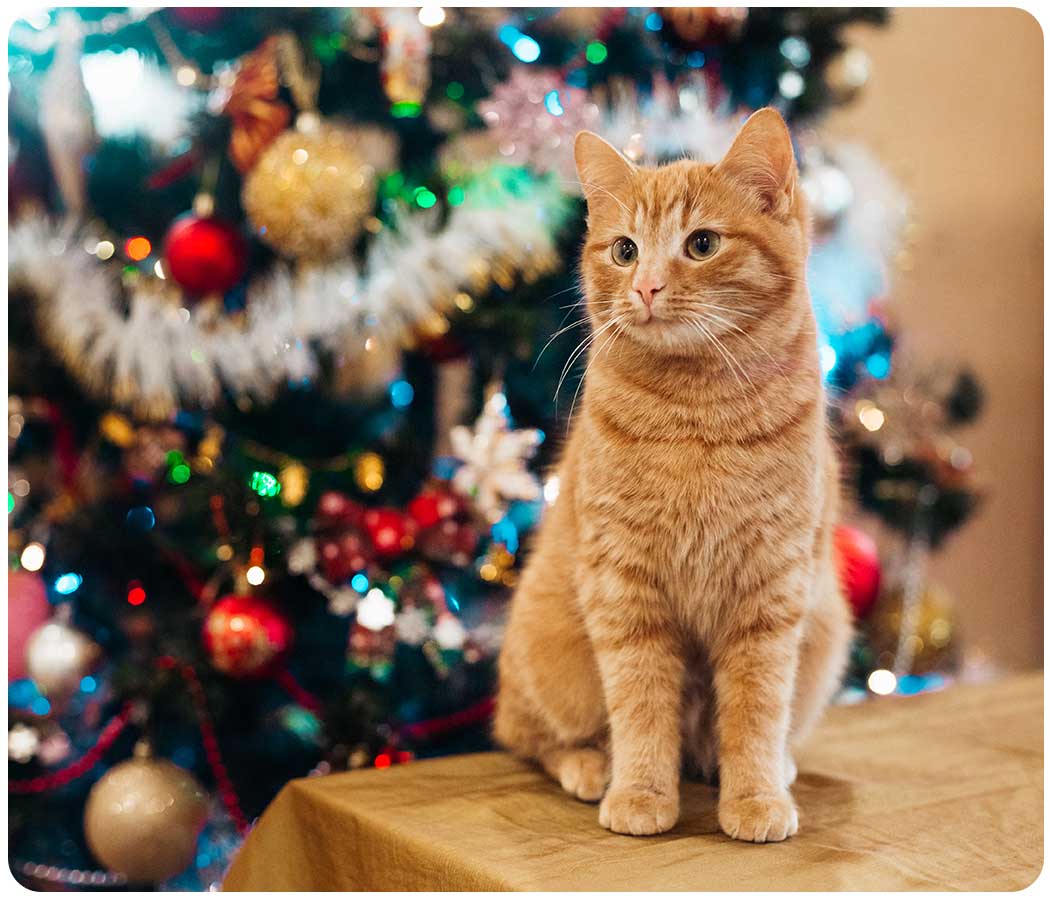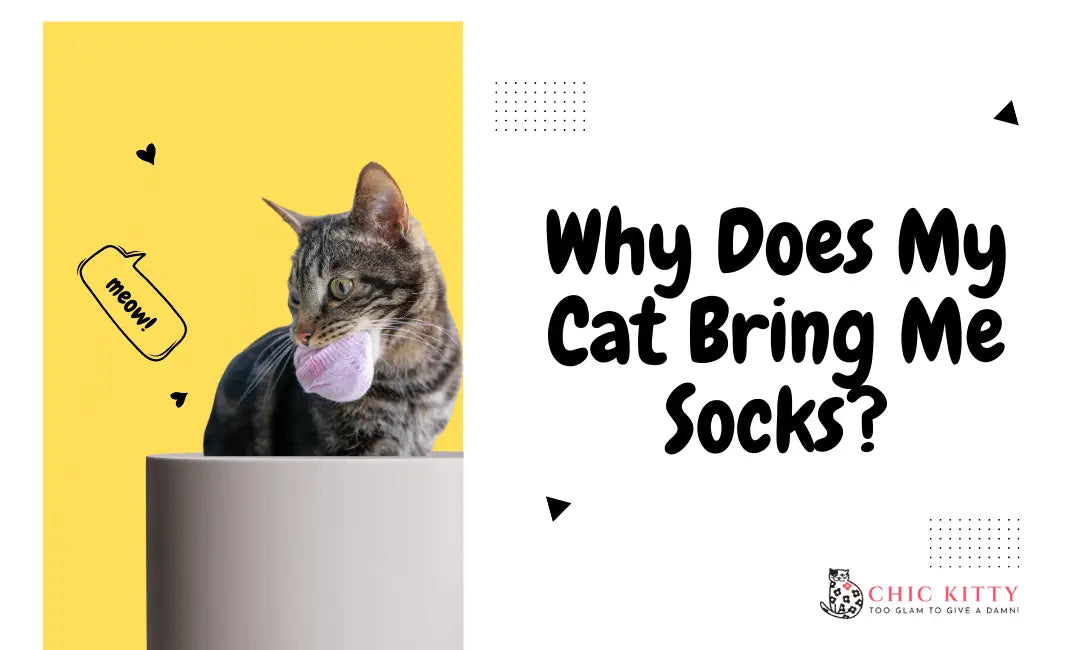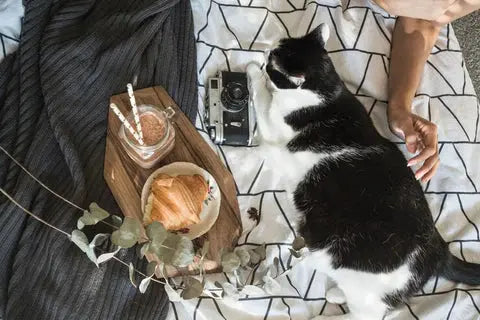
Why Does My Cat Knead his Bedding? (And Is It Normal?)
Why Does My Cat Knead
Ever watched your cat rhythmically push his paws into his bedding, looking completely blissed out? That's kneading – and it's both adorable and a little bit puzzling. Is it normal? What on earth does it mean?
Don't worry, your feline friend isn't broken. Here's what we'll cover to untangle this quirky behavior:
- Why kneading feels so good to cats
- What your cat's trying to tell you
- When kneading might signal a problem
Why Kneading Feels So Good to Cats
Let's face it: kneading looks downright comfy. But why do cats feel compelled to turn blankets and beds into their own personal bakeries? Here are a few key reasons:
- It's in their blood: Kneading is an instinct carried over from their wild ancestors. Cats in the wild would pat down tall grasses or leaves to create a cozy sleeping spot. Your tabby's inner wildcat lives on!
- The ultimate stress reliever: Remember how good a back rub feels? Kneading is your cat's version of a self-massage. It relieves tension and helps them settle into a state of pure relaxation.
- A blast from the past: Kittens knead their mother's belly to stimulate milk flow. Adult cats might continue this behavior because it reminds them of those comforting nursing days.
- Marking their territory: Cats have scent glands in their paws. Kneading releases these pheromones, leaving their mark and signaling to other cats, "This is my spot!"
- Bonding with you: Kneading on your lap is a sign of affection. Think of it as a feline hug – your cat feels safe, secure, and loved in your presence.
- Communicating needs: While kneading is usually a happy behavior, sometimes it can indicate hunger or a desire for attention. Pay attention to your cat's body language for other clues.
- Working out those muscles: Kneading can also be a form of exercise, helping to stretch and strengthen your cat's paws and claws.
Let's be honest, watching a cat knead is pretty soothing for us too.
What Your Cat's Trying to Tell You
Kneading isn't just about feeling good. Your cat uses those rhythmic paws as a surprisingly complex form of communication. Here's what your feline friend might be saying:
- "I'm SO happy!" A cat kneading on your lap while purring loudly is expressing ultimate contentment. It's like they're saying, "Life is good, and you're a big part of the reason why."
- "This is mine, all mine." Scent marking through kneading helps your cat feel secure about their space. If they're kneading a new blanket or a particular spot on the couch, consider it officially claimed.
- "Let's cuddle." Kneading often precedes a good nap. If your cat kneads your stomach or chest and then curls up close, they're looking for warmth and a deep connection with their favorite human.
- "I'm a little stressed." Unusual or excessive kneading can be a sign of anxiety. If your cat's routine or environment has changed, kneading might be their way of self-soothing.
- "Is it dinner time yet?" Some cats knead around their food bowls as if they're preparing a feast. They're probably letting you know it's been far too long since their last meal.
Every cat is unique. Pay attention to your cat's usual kneading patterns and body language to fully understand what they're trying to tell you.
When Kneading Might Signal a Problem

While kneading is usually a harmless and adorable quirk, there are a few instances where it could point to something more serious. Keep an eye out for these red flags:
- Pain or discomfort: If your cat's kneading becomes more forceful, especially when accompanied by other signs of pain (like hissing or hiding), a visit to the vet is in order.
- Compulsive behavior: Sometimes, kneading turns into an obsessive habit. Cats may knead to the point of damaging their claws or causing bald spots in their fur. This could indicate anxiety or boredom. Consider providing your cat with enrichment activities like puzzle feeders or scratching posts to redirect their energy.
- Unspayed females: Kneading can be a sign of being in heat. If your female cat hasn't been spayed and is suddenly kneading a lot more than usual, it may be time for a vet visit. Spaying can not only help curb this behavior but also offers numerous health benefits for your feline friend.
- Medical conditions: In rare cases, excessive kneading can be linked to health issues like hyperthyroidism or urinary tract infections.
- Changes in kneading patterns: Notice a shift in your cat's usual kneading routine? For instance, perhaps they used to knead softly on your lap before bedtime, but now they knead with more force on random objects around the house. This change could signal underlying stress or anxiety. Talk to your vet to identify potential causes and develop a plan to address them.
- Age-related changes: Senior cats may knead more frequently due to cognitive decline or arthritis. If you suspect your older cat's kneading is due to pain, your vet can recommend pain management strategies to improve their comfort.
Don't panic if you notice any of these signs. Your vet can help determine the underlying cause of unusual kneading and recommend the best course of action.
So, Should You Stop Your Cat from Kneading?
Absolutely not! As long as your cat's claws are trimmed and they aren't kneading you into oblivion, this is one of those endearing feline habits we need to cherish. It brings them comfort, signals happiness, and strengthens the bond between you.
Key Takeaways:
- Kneading is a natural, instinctual behavior for cats.
- It can express contentment, affection, and a desire to mark their territory.
- Changes in kneading habits can sometimes indicate a problem – trust your gut and consult your vet if you suspect something's wrong.
Speaking of comfort, if you want to treat your furry kneading master to something special, visit ChicKitty. Our luxurious cat beds and blankets are practically designed to inspire the ultimate kneading sessions. After all, a happy, comfortable cat makes for a happy home.




